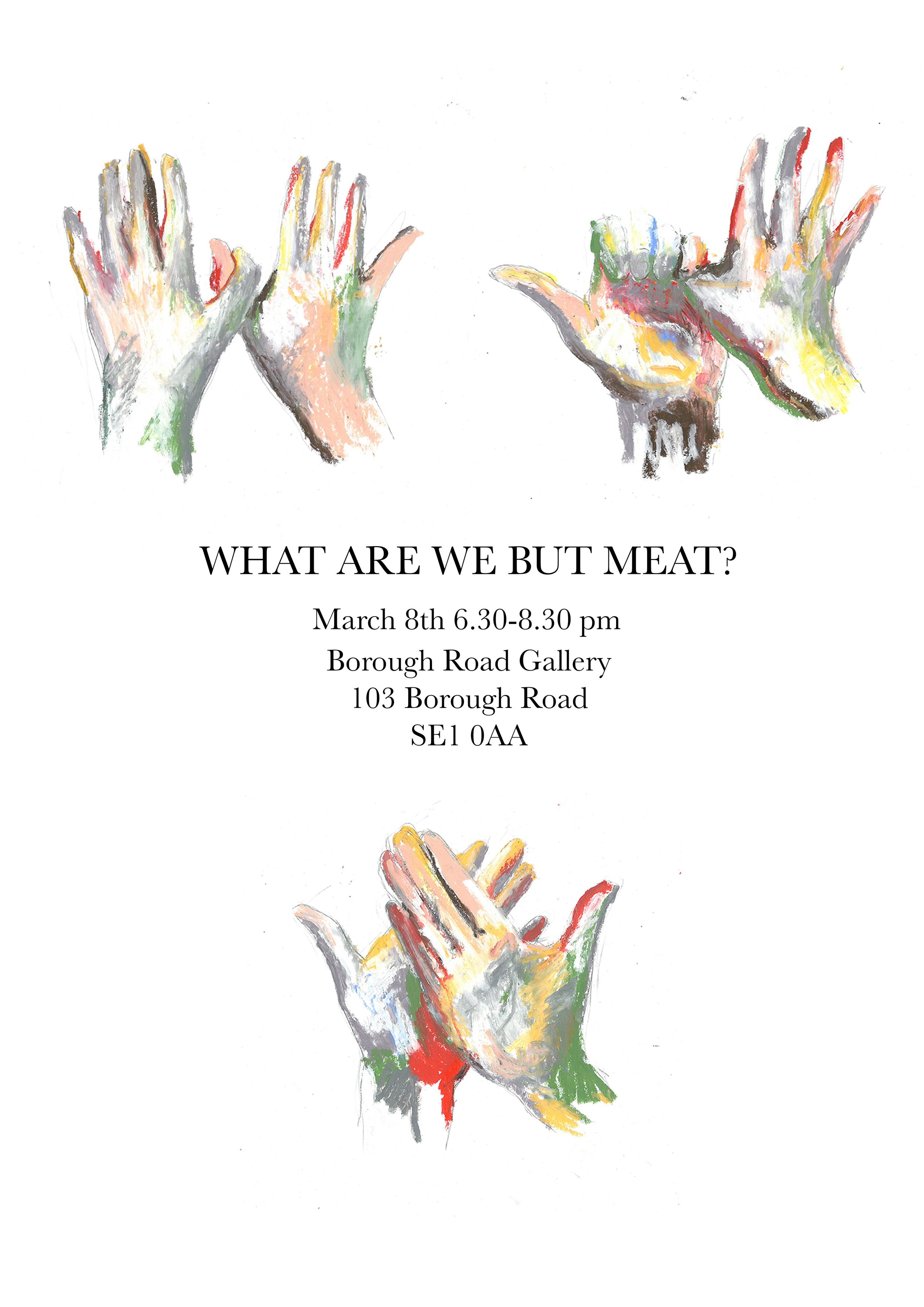CREATING DATASET:
I gathered a dataset of 600 Borough Group paintings from Borough Road Collection archives, Tate, Art UK, and Google Images. I saved each image individually which facilitates higher quality outcomes (batch downloading would mean lower quality images and less control over what gets saved – would end up being photos of the artist or other random artists work etc mixed in).
FIRST TRAINING STAGE:
The original GAN was designed to create illustrations of birds, but I fed it my Borough Group paintings instead. After 3000 steps, the images weren’t really showing any particular subject and had a high FID score (which is bad – the lower the score, the closer the generated images are to the original images. A high score is not good – mine was around 120 and showing up red/bad), so I decided to train it for 2000 more steps. The FID score decreased a little but remained high.
Since the Borough Group paintings contain differing subjects (some are landscapes, others are people, some are objects, or totally abstract) I think it is hard for the software to create figurative images. It works by looking for patterns, and the different subjects create different patterns. To avoid this, I’d have to create individual datasets for each subject (one for people, one for landscapes etc) but there’s not enough images for this (you need between 500-5000 images in each dataset).
After 3000 steps, here are 24 of the sample images:
Figures look like they’re coming through. the one below in particular reminds me of several of the figures in my dataset, particularly ‘Standing Figure’ by Dorothy Mead. So I trained for longer to see if these figures would emerge fully.
Left: computer-generated, Right: Dorothy Mead
SECOND TRAINING STAGE:
I did 2000 more steps, so at 5000 steps the sample images looked like this:
At this point I generated 50 random full quality images. Impression of figures was no longer there in the ones I expected, although new figures did appear. I felt that there was no need to train further, as the figures seemed to get lost the more they’re trained.
EXPORTING IMAGES:
The software generates thousands and thousands of new images, so finding/saving the best ones can become a mammoth task! I can choose the level of truncation -- closer to 0 = less diverse but very realistic and 1 = more diverse but maybe deviating from the rest of the sample. I decided to go for truncation of around 0.8 to get a diverse range of pictures. Then I could scroll through the pictures in different directions to select individual favourites, or get the software to generate a random sample to remain objective.
CREATING A VIDEO:
I selected different images to merge together to create an interpolation video. I included abstract works, landscapes, and figures.
Creating its own signature style of quadrangular structures:
Seemed to keep getting preoccupied with painting these grey blobs!
COMPARISONS:
Left: computer generated. ‘Oxen Ploughing – Spain’ by Dennis Creffield
Left: computer generated. Right: ‘Bent Figure’ by Edna Mann
Left: computer generated. Right: ‘Tregor and Tregoff, Cornwall’ by David Bomberg
Left: computer generated. ‘Oxen Ploughing – Spain’ by Dennis Creffield
Left: computer generated. Right: ‘Children's Swimming Pool, Friday Evening’ by Leon Kossoff
Left: computer generated. Right: ‘From Willesden Green, Autumn’ by Leon Kossoff
Left: computer generated. Right: Standing Nude by Dennis Creffield
Left: computer generated. Right: ‘Seated Nude’ by Dennis Creffield
PROCESSING AND INPUT:
These are computer generated Borough Group paintings created by artist Ella Chedburn (@ellachedburn.art). Bomberg famously said he hoped his students would find the "spirit in the mass". By using machine learning software to generate paintings from a dataset of over 600 Borough Group images, perhaps the “spirit in the mass” has been found?
The generated artworks are primarily abstract with some landscapes and impressions of figures coming through. The software’s loosely painted nudes and linear abstract compositions could be lost Dennis Creffield paintings, while certain landscapes are eerily close to Bomberg’s hills and mountains. Although many images have a convincing texture of thick layered paint, several expose their computerised nature with their smoothness. However, the overall aesthetic could successfully pass as a member of the Borough Group: loose angular brushstrokes and mostly desaturated tones with occasional shots of bold warm pigment. Just like a true artist, the software has even begun to create its own signature style of large cross-hatched structures and mysterious dark grey blobs.
Do you think A.I. could be the Borough Group’s newest member?
ARTIST BIO
Ella Chedburn is a Fine Art (BA Hons) graduate from Kingston School of Art. Her practice squeezes nature through a digital lens: scanning trees, coding virtual reality forests, wiring plants to Arduinos, and projecting into woodland. She playfully misuses technology, encouraging glitches to run throughout her digital work and mimicking them in her prints and books. Over the past year, misinformation and context-twisting has been a particular driving force; sparking the creation of her dreamy algorithmic narratives, mystical inventions, and fictional documentaries blending science with folklore. Most recently, she has been creating computer-generated paintings for the Borough Road Collection and William Morris Society, questioning whether ‘the artist’ can be found within the machine.



















